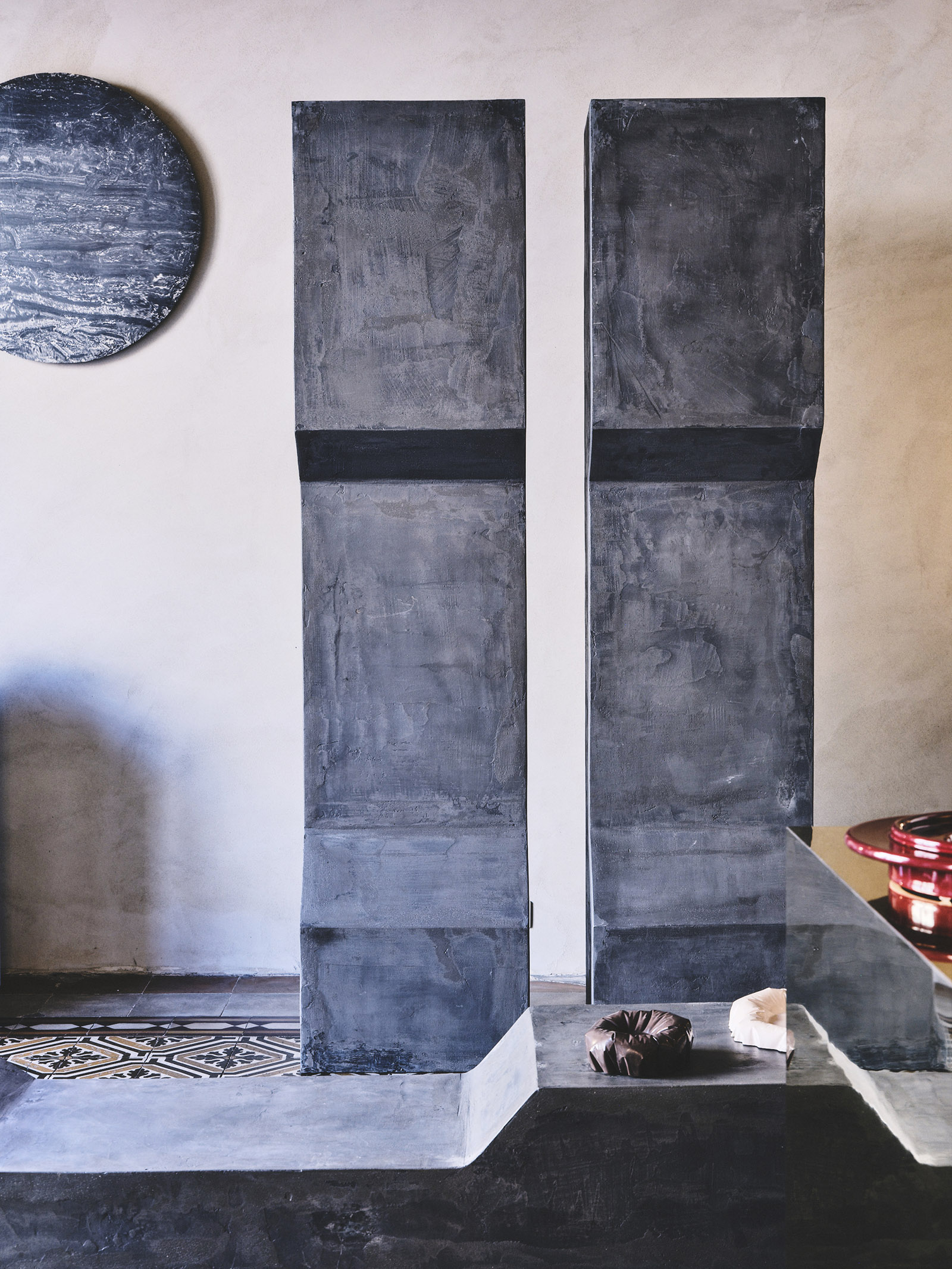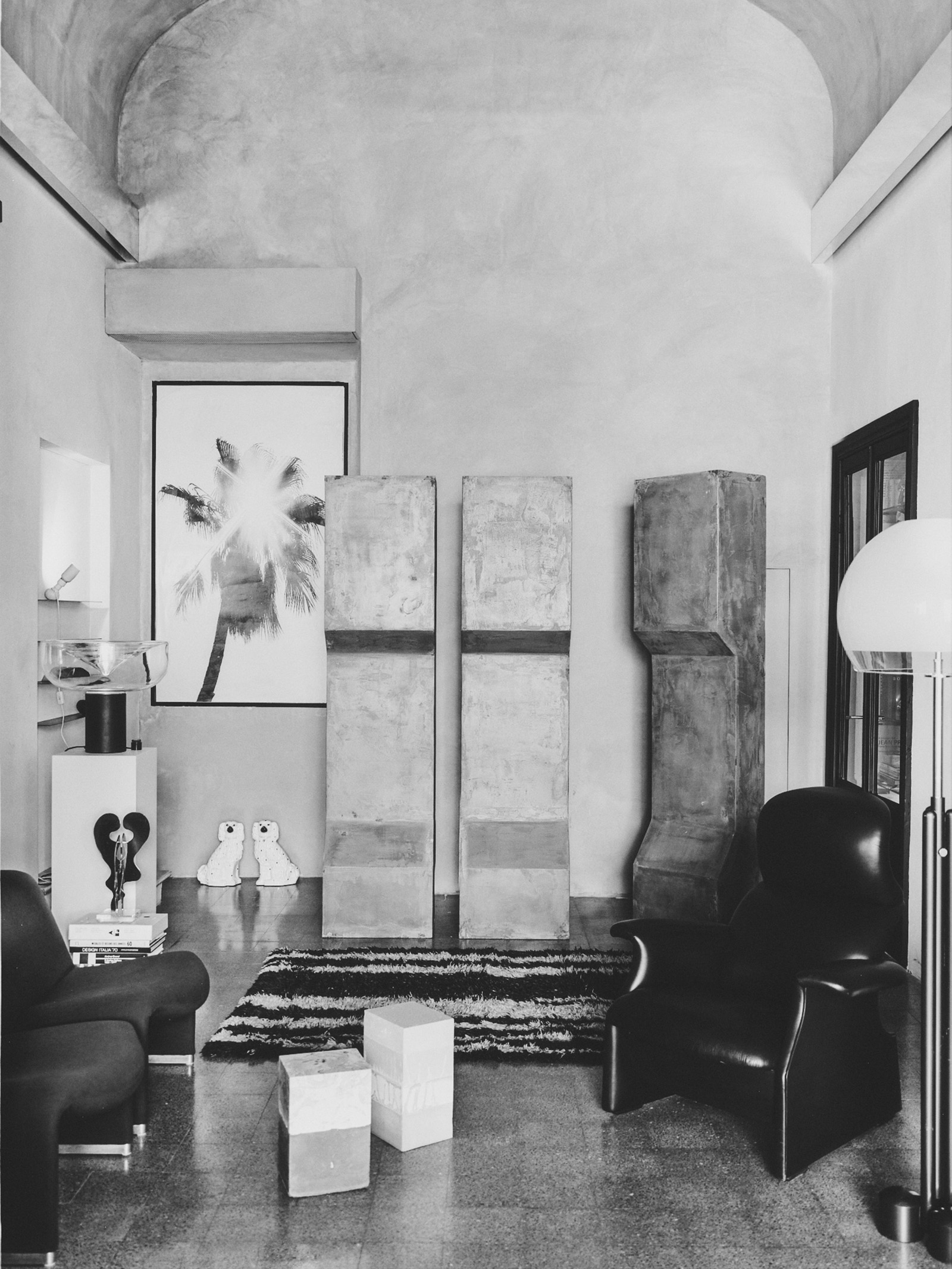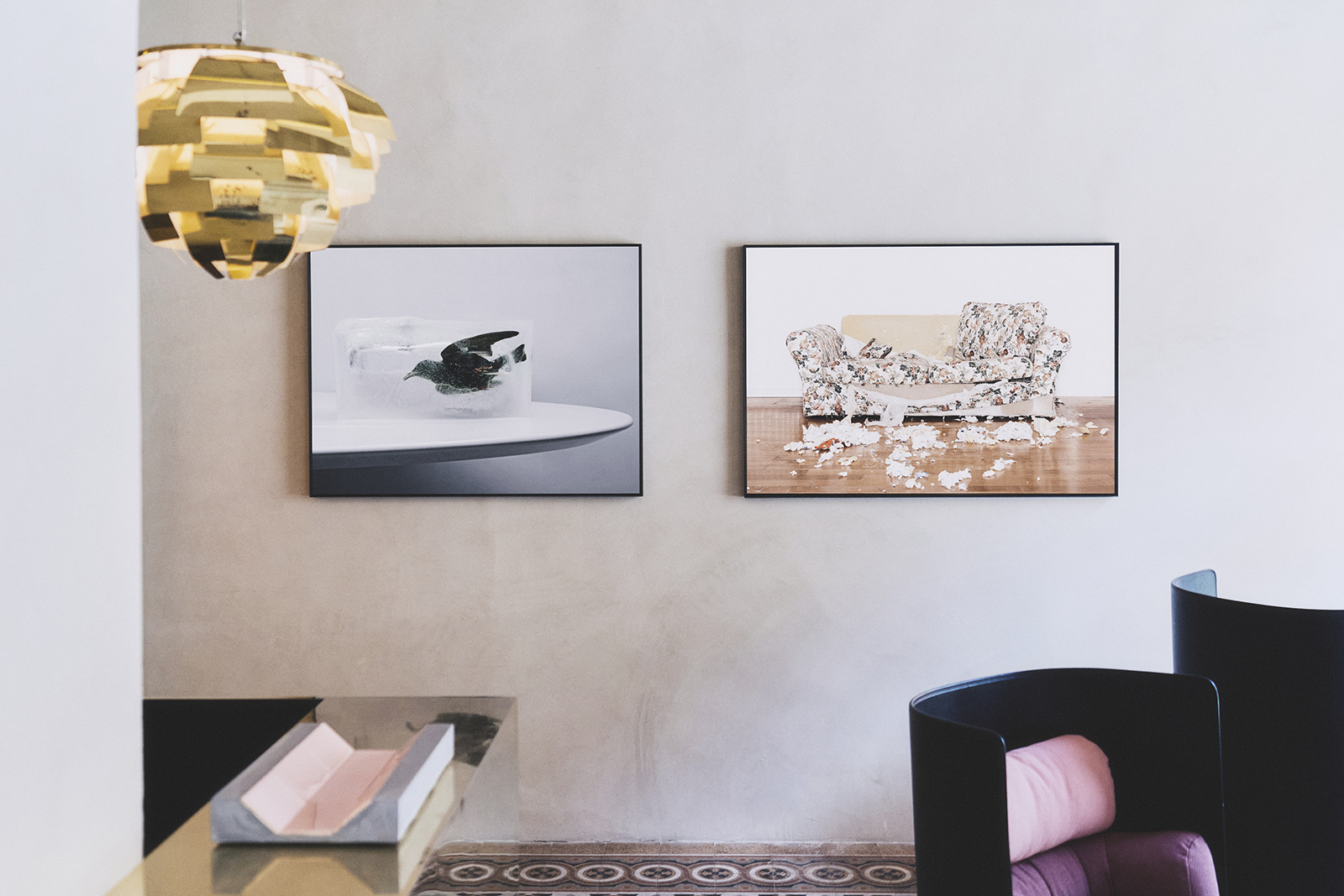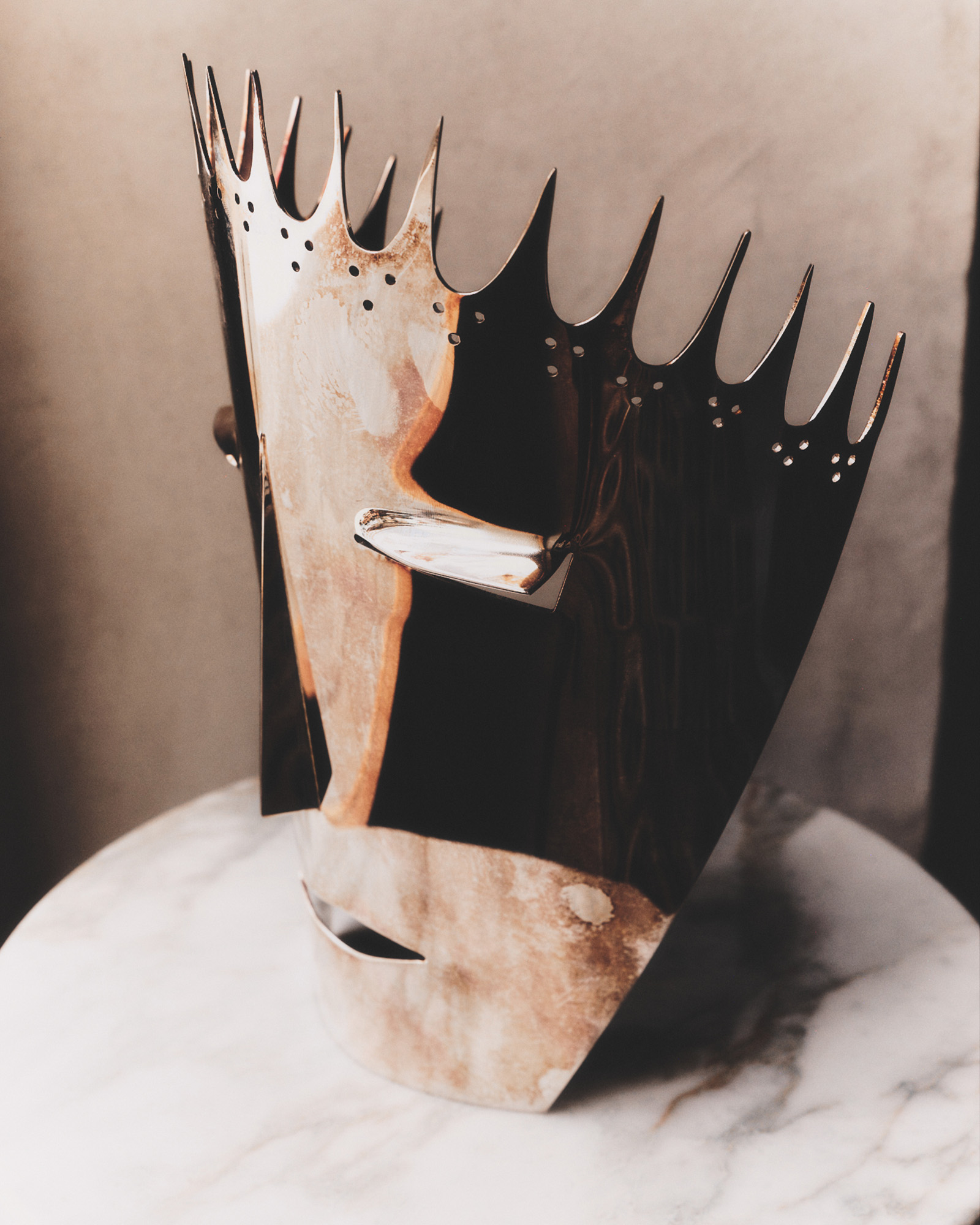Nero Design Gallery seems to dissolve the boundary line between design and art. In your opinion, beyond practical function, what distinguishes a work of art from a design object?
Art expresses itself freely, without practical constraints, and tends to evoke reflection and emotion, often without providing answers. Design, on the other hand, starts from a functional need, but can rise to become a profound aesthetic language. In our gallery we present historical design objects and create contemporary design projects in which this distinction dissolves: unique pieces or limited editions that express a thought, a vision, an artistic gesture, while remaining rooted in material, form, and sometimes use. This is also reflected in the interior projects I have always been involved in. Poetic value, material research, and expressive strength are, for us, the true elements that define an object, regardless of its initial “status”.
Your space hosts annual exhibitions dedicated to design. Do you think the exhibition approach to a design object differs from that of an artwork? And how does the audience’s relationship with a design object on display differ from their encounter with a work of art?
Yes, the exhibition approach does change, even if subtly. A design object carries a functional legacy, and even when presented in an exhibition context, the public instinctively imagines it in use: in a home, in an architectural space, in everyday life. A work of art, instead, is observed with greater distance, often contemplatively, and accepted as an end in itself. In our space, however, we try to break this separation: we exhibit design as if it were art, allowing the object to be perceived first and foremost as form, material, presence, rather than as function. This also changes the audience’s behaviour, who approach with more respect, more attention, more emotional listening. Our goal is to shift the gaze: not so much towards “what it is for”, but towards what that object tells.
The gallery’s location is unusual, considering that Milan is regarded as the epicentre of interior design. What unique value does Tuscany, and in particular Arezzo, bring to your vision?
Choosing to open Nero Design Gallery in Tuscany, and in Arezzo in particular, was a decision deeply connected to our roots and our vision. Milan is certainly the epicentre of contemporary design, but Tuscany offers a unique cultural, artistic and productive context, which is reflected in our approach. Here there is a direct relationship with materials, with craftsmanship, with art history, but also with landscapes and rhythms that encourage a slower, more reflective gaze. Arezzo, with its discreet beauty and strategic position, allows us to engage both with the local territory and with an international network. Our space was conceived as a place of research, silence and depth, and Tuscany, in this sense, is not an alternative to Milan: it is another possibility, more radical, perhaps, and freer. This year we celebrate twenty years of activity, and this milestone confirms that the choice we made then was the right one.
Your space brings together design objects from different eras. What methodology guides this juxtaposition, and what urgency drives the weaving of different temporal lines?
The juxtaposition of objects from different eras arises from a deep need: to reject a linear reading of design history. We do not believe in a chronological or evolutionary narrative, but in a dialogue between languages, materials and visions. What guides us is not the date, but the expressive power of the object. Weaving together different temporal lines is a necessary gesture, because it allows us to free design from mere function or fashion, and to restore to it a broader, almost archaeological dimension: as if each object contained a fragment of a greater story that lies beyond time.
Nero Design Gallery often collaborates with art galleries in its curatorial projects. How does this dialogue influence your overall curatorial approach?
The dialogue with art galleries (for several years we have collaborated closely with LIS10 Gallery, for which we have developed the interior design project for its newly opened Arezzo space) profoundly enriches our curatorial approach, which has always moved between art and design. It allows us to build more open narratives and freer visions, both in the exhibitions and in the interior projects we undertake. This continuous exchange pushes us to go beyond disciplinary boundaries, always seeking a balance between function, material and expression.
Each season, the gallery’s display is renewed. Where does the inspiration for these changes come from, and what principle remains constant in shaping the space through design objects?
The inspiration for our displays arises from the encounter between materials, forms, light and the stories of the objects themselves. Each season brings new pieces, projects, suggestions, and this constantly drives us to rethink the space. The principle that remains constant, however, is respect for the relationship between objects, and between objects and the visitor: we always seek to create dialogue, to reveal the silent affinities between materials and forms, and to transform the space into a place where each object can tell its own story, while remaining part of a broader narrative.
 https://www.nastymagazine.com/wp-content/uploads/2024/08/240607_Schinkel-Pavillon_Ivana_Basic-005-work_A4.jpg
1066
1600
Editor Nasty
https://www.nastymagazine.com/wp-content/uploads/2015/02/new-logo-basker-WHITE4.png
Editor Nasty2024-08-07 11:56:092025-03-19 13:25:28Ivana Bašić / Metempsychosis: The Passion of Pneumatics
https://www.nastymagazine.com/wp-content/uploads/2024/08/240607_Schinkel-Pavillon_Ivana_Basic-005-work_A4.jpg
1066
1600
Editor Nasty
https://www.nastymagazine.com/wp-content/uploads/2015/02/new-logo-basker-WHITE4.png
Editor Nasty2024-08-07 11:56:092025-03-19 13:25:28Ivana Bašić / Metempsychosis: The Passion of Pneumatics









